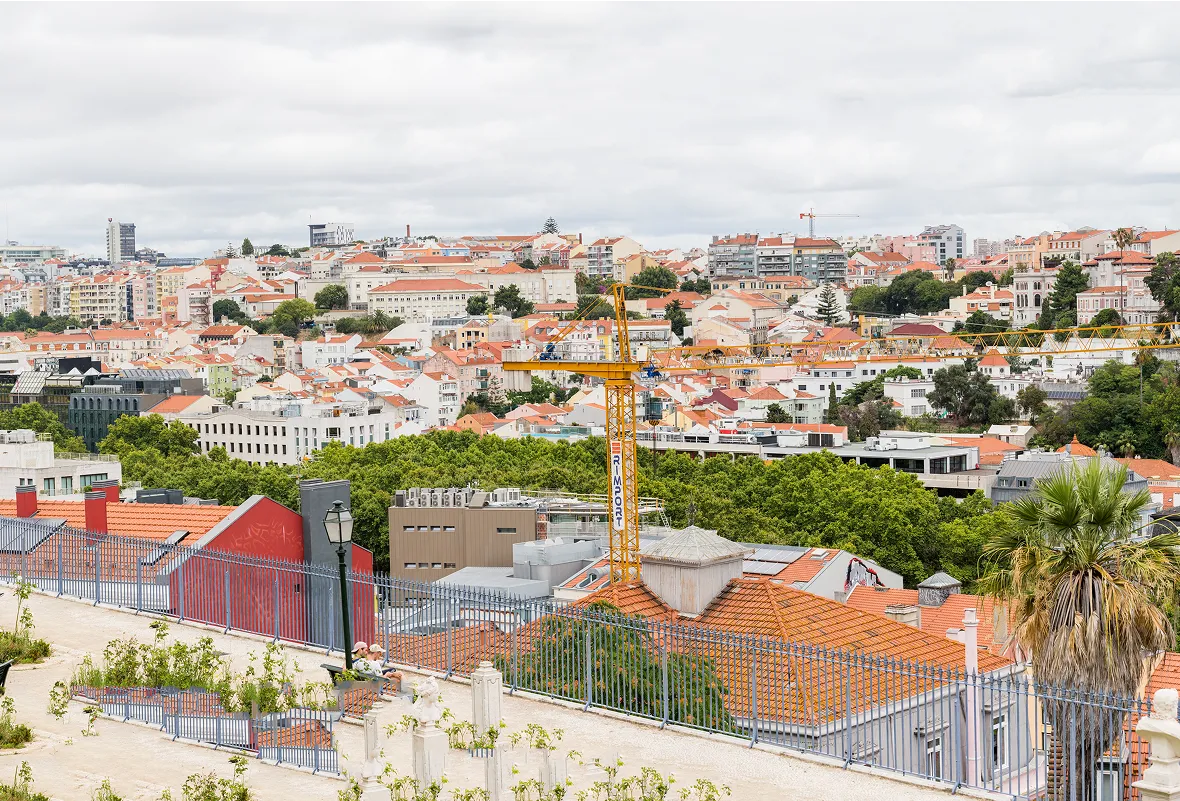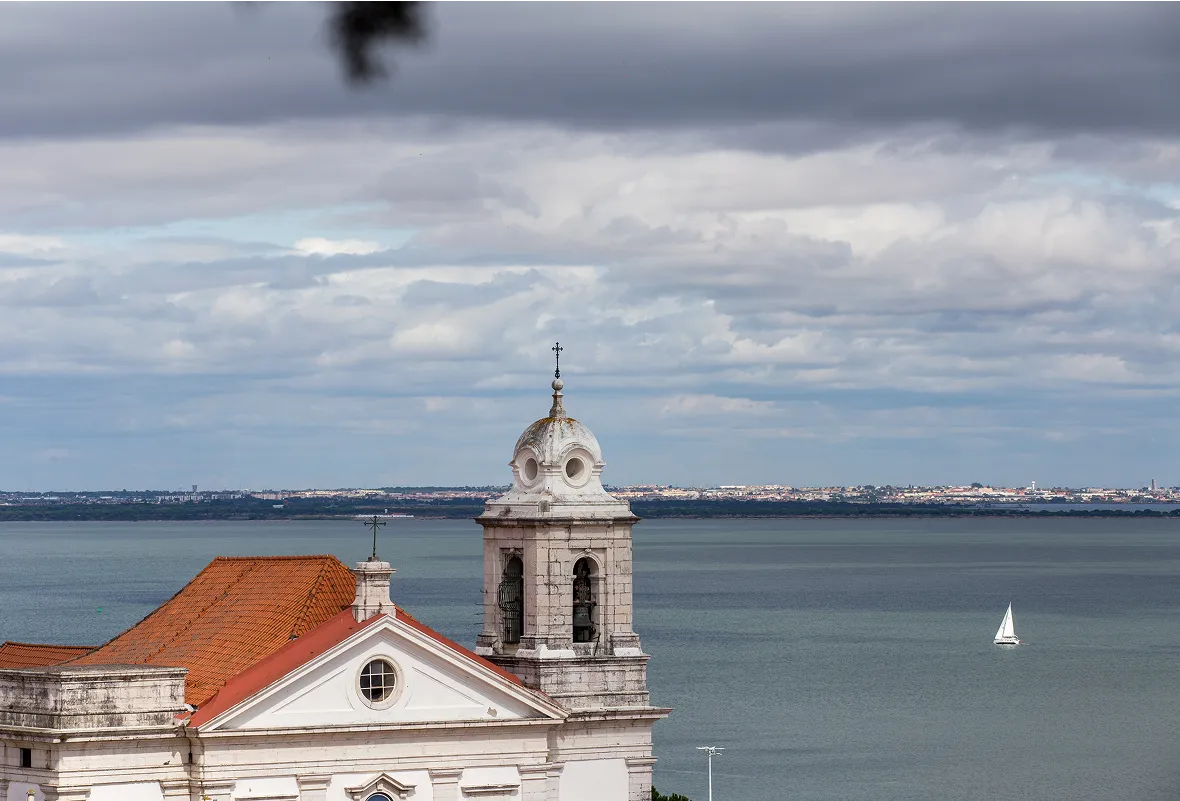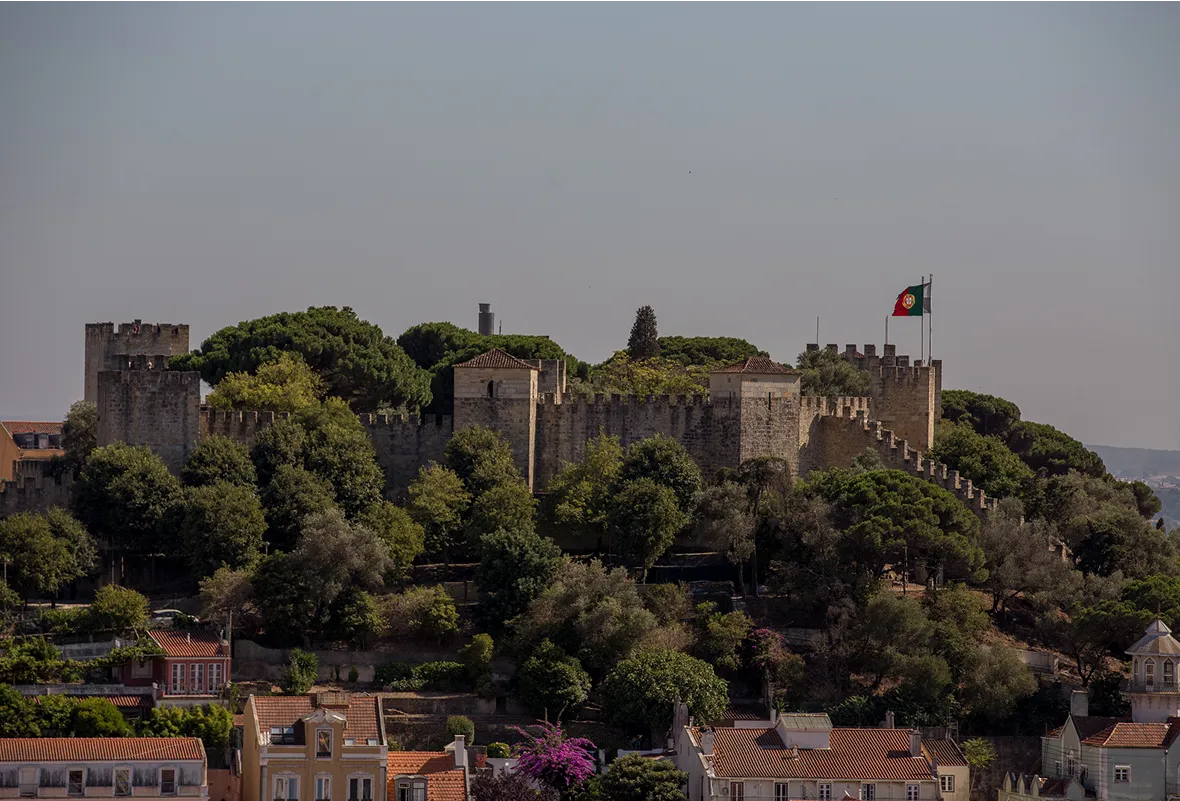
The 7 Hills of Lisbon
Where the city climbs to meet its past
Lisbon’s iconic terrain is shaped by seven storied hills—each offering a unique vantage point on the city’s culture, architecture, and way of life. From medieval castles to pastel-colored facades, this elevated landscape is as much a part of Lisbon’s soul as its music or food.
São Roque
The city’s highest point, São Roque offers sweeping vistas over Lisbon. In the Bairro Alto district stands the Church of São Roque—the earliest Jesuit church in Portugal, a masterpiece of restrained opulence.
São Jorge
Overlooking the northern banks of the Tagus River, this hill holds echoes of triumph—it was here that the Portuguese army celebrated victory over the Spanish Armada in 1589. The imposing São Jorge Castle still commands the skyline.
São Vicente
Near the Atlantic breeze of Cascais, this is Lisbon’s second-highest hill and home to the iconic Christ the Redeemer statue, watching over the city with quiet grandeur.
Santo André
On Lisbon’s eastern edge, Santo André holds spiritual significance
—it was here that Saint Anthony of Padua, the city’s beloved patron saint, lived out his final days.
—it was here that Saint Anthony of Padua, the city’s beloved patron saint, lived out his final days.
Santa Catarina
Nestled between Largo de Camões and Calçada do Combro, this hill is famed for Miradouro de Santa Catarina, a terrace affectionately known as Adamastor. It’s a favorite perch for catching Lisbon’s golden sunsets over the Tagus.
Chagas
Set beside the river, Chagas is home to the National Museum of Ancient Art, a treasury of Portuguese creativity and craftsmanship.










